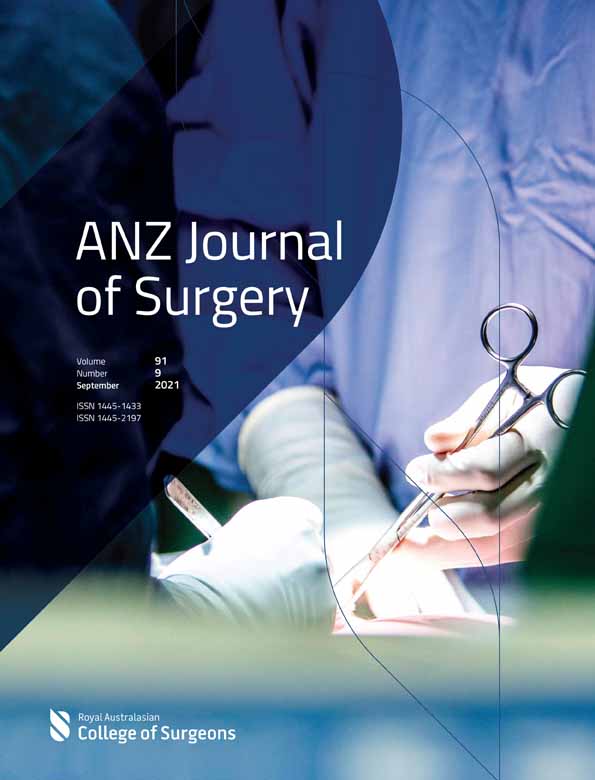Health-related quality of life in necrotising soft tissue infection survivors: perspective from an Australian tertiary referral centre
Abstract
Background
Necrotising soft tissue infection (NSTI) is a life-threatening disease with widespread tissue destruction. Immediate and aggressive surgical debridement remains the main focus of treatment. This results in disfiguring scars, functional limitation and psychological sequelae for survivors. As mortality rate declines with improvements in care, a greater focus should be placed upon the psychological and functional outcomes of survivors. This study aims to assess the health-related quality of life (HRQoL) of patients following NSTI using the Short Form-36 (SF-36) and Derriford Appearance Scale-24 (DAS-24).
Methods
All NSTI patients admitted at our tertiary referral centre between 1 January 2013 and 31 December 2019 were invited to complete the DAS-24 and SF-36 surveys. A retrospective chart review was also performed.
Results
A total of 30 participants responded to the surveys. On comparison against the general Australian population, the NSTI cohort demonstrated significantly reduced physical and mental HRQoL as measured by the SF-36 (P < 0.001). Increased age was significantly associated with a reduced physical HRQoL (P = 0.002), while dysfunction with appearance as measured by the DAS-24 form correlated with both reduced physical and mental HRQoL (P = 0.020). A total of 79.3% of patients expressed concern regarding their appearance with a significantly higher level of distress at their appearance compared to a non-clinical population (P = 0.120).
Conclusion
Despite the rarity of NSTI, this study demonstrates that this disease has a large and persistent burden for survivors, who report significantly reduced HRQoL and distress with appearance. Further research into comprehensive physical and psychosocial services for NSTI survivors is required.
Conflicts of interest
None declared.




